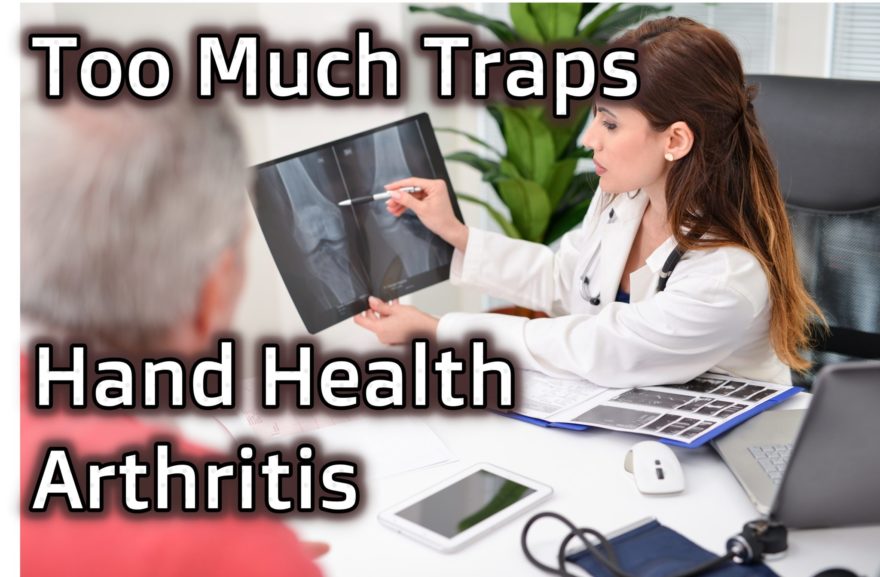Tag: tension

This Keeps You TENSE (NO ONE Talks About It)
? Ever feel like your face is flexing harder than a bodybuilder in a mirror? Or that your jaw is…

How to Move with Less Tension
In order to move more, you have to be able to both create and reduce tension. But what if you…

Functional Muscle Contractions
Compression, expansion, limitations, oh my! Have you ever wondered how muscle contractions impact movement? Or why in the hell we…

Too Much Traps, Hand Health, and Arthritis – Movement Debrief Episode 92
Movement Debrief Episode 92 is in the books. Below is a copy of the video for your viewing pleasure, and…

The Reckoning: Part Deux Course Review
I recently had the opportunity to attend The Reckoning: Part Deux, a course taught by Dr. Pat Davidson and Dr.…
The Sensitive Nervous System Chapter X: Neurodynamic Tests in the Clinic
This is a summary of Chapter X of “The Sensitive Nervous System” by David Butler. The Tests When assessing neurodynamics,…
